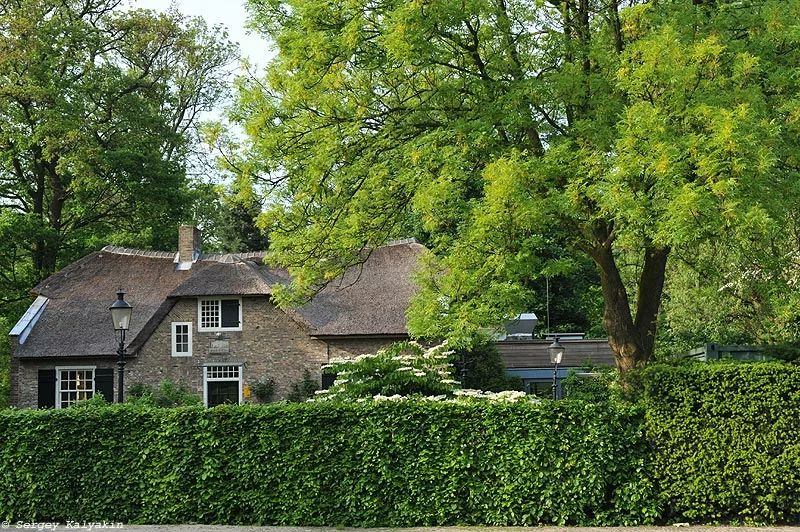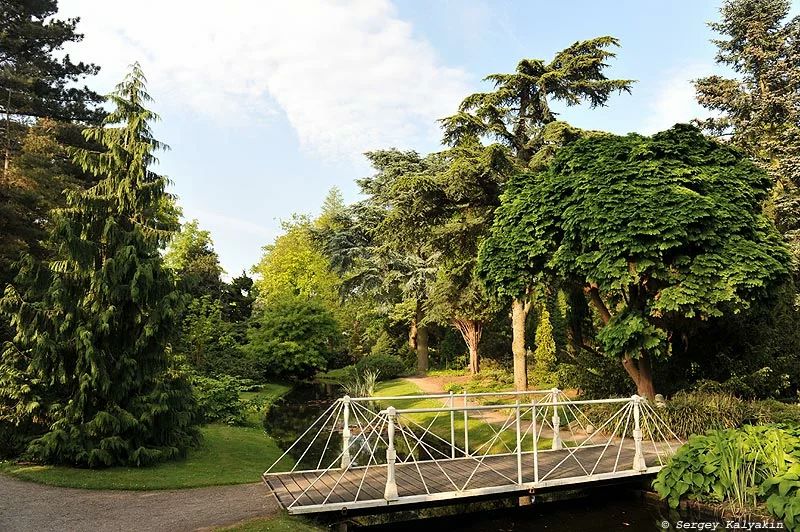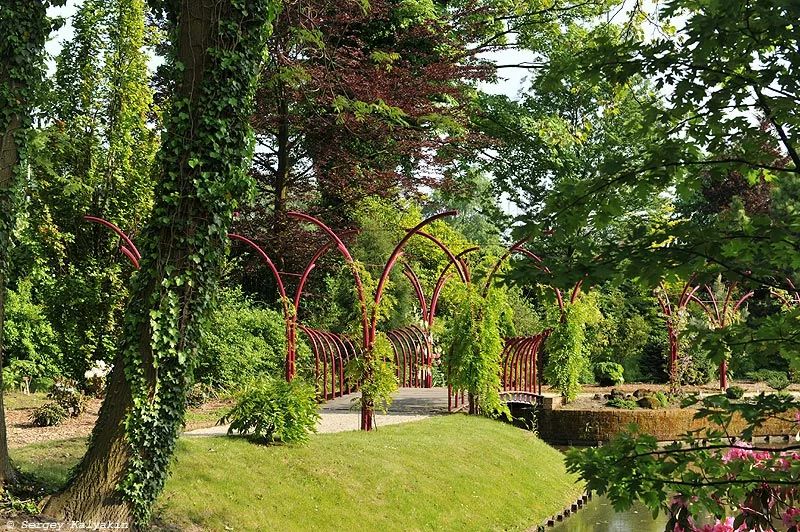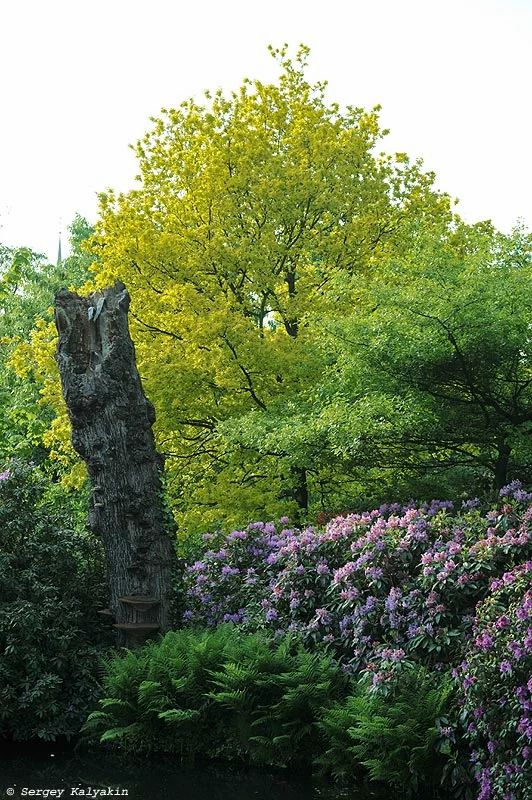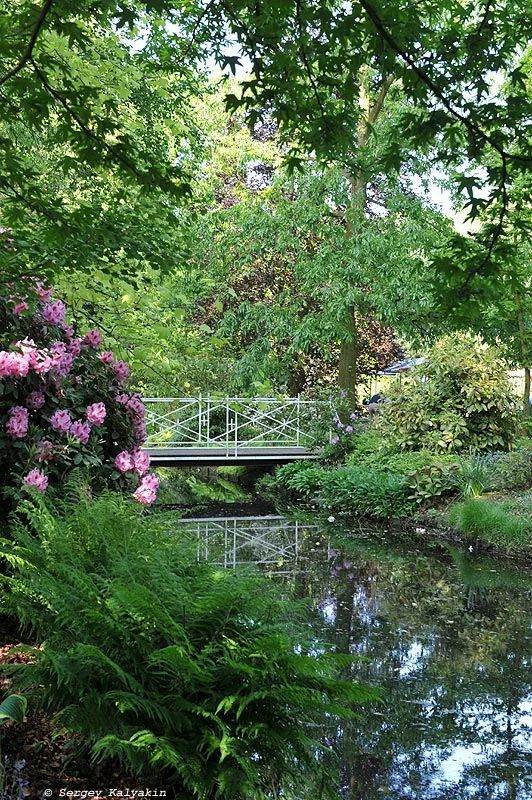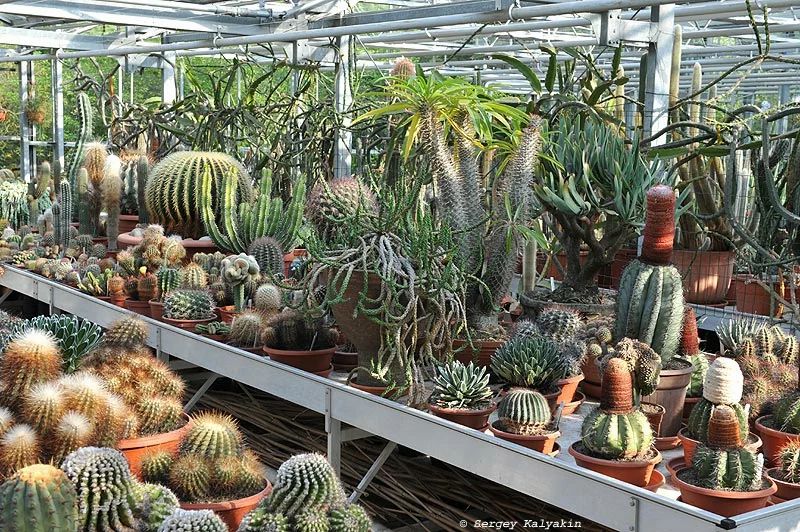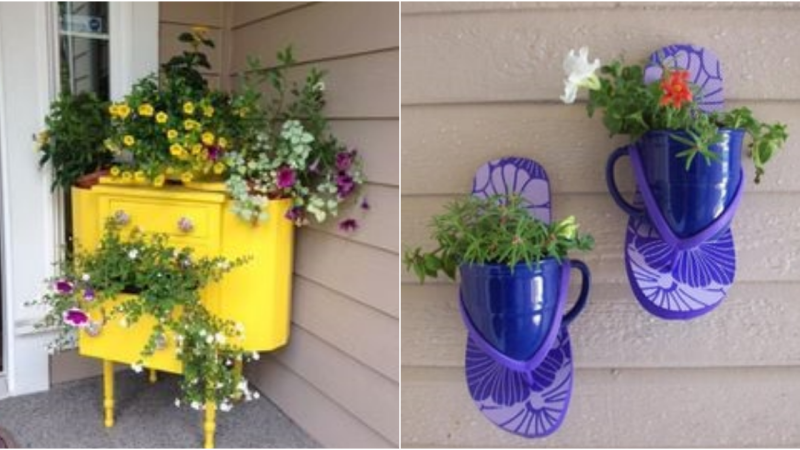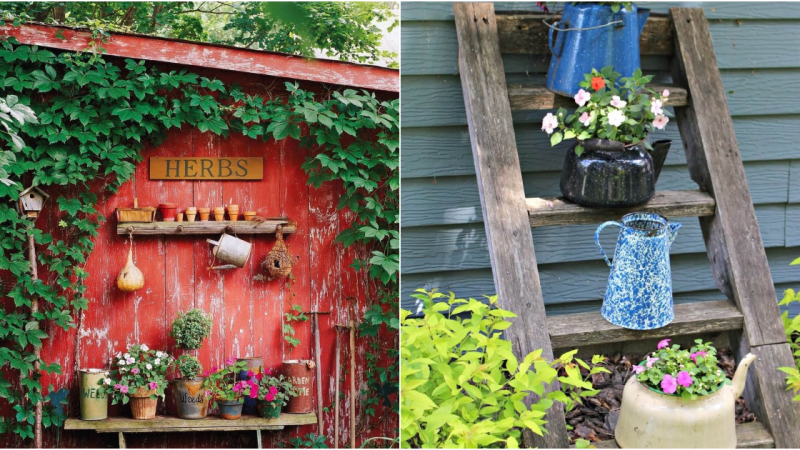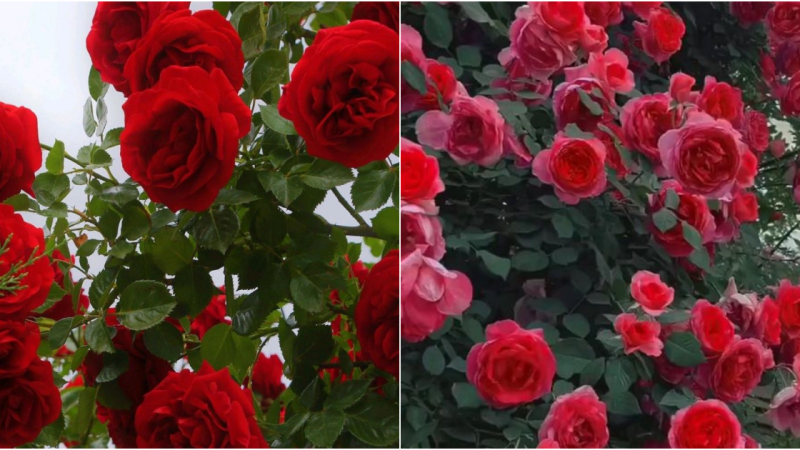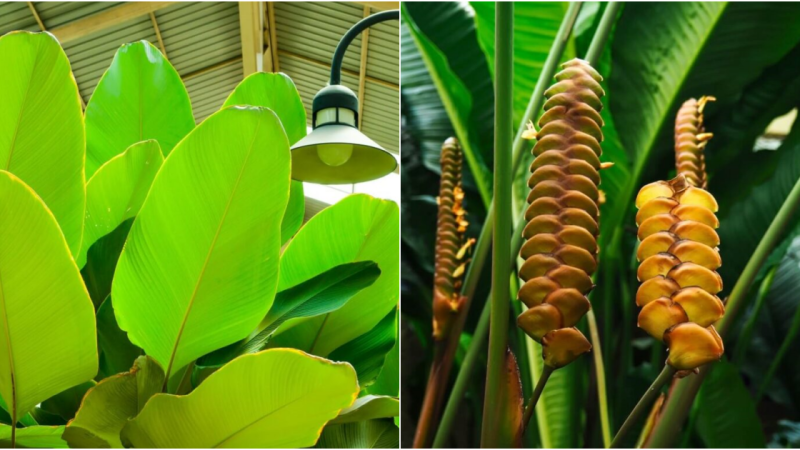The Hosta and Unusual Trees Collection in the Heart of Rotterdam
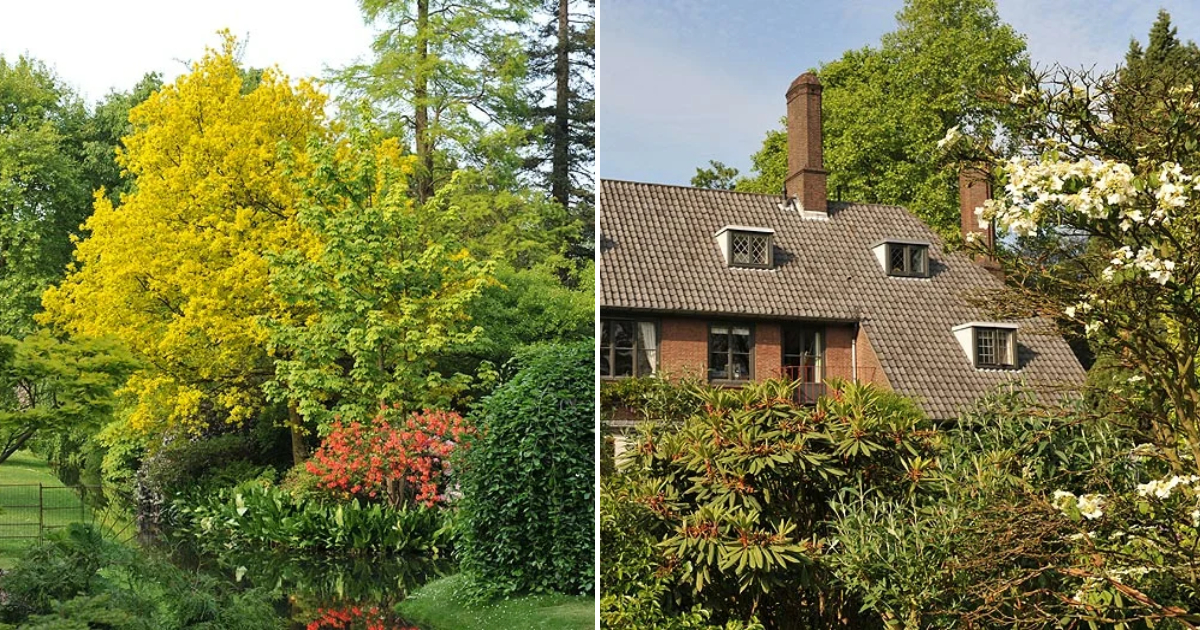
Rotterdam is one of the few cities that can boast such an extraordinary collection of trees. I visited the Trompenburg Arboretum in 2010 and was constantly amazed by its peculiarities as I strolled through this urban garden with its director, Gert Fortgens.

“Mr. Fortgens, it is evident that this garden has a long history. When was it established?”
“Let’s go back a couple of centuries. At that time, a merchant from Rotterdam, which was a very small city in those days, built a house in the suburbs. Half a century later, he sold the plot to the Van Hoy Smith family, who laid the foundation for the collection of trees and shrubs.”
Throughout all these years, the garden remained a private property and only twelve years ago, it became the city’s property. It’s quite understandable since land prices are completely different now, and taxes are enormous. A management fund was created, and now the garden is open to visitors, attracting around fifty thousand people annually. The Van Hoy Smith spouses, who are around 90 years old now, continue to live here, but they are no longer involved in the garden’s maintenance.
“Do you feel the encroachment of the city from all sides?”
Actually, no. Our visitors are primarily interested in the plants and tranquility. It’s not a recreational park: there are no picnics, golf, tennis, or similar activities here.
“It’s remarkable how many varieties of hostas are planted in the shady borders.”
In addition to hostas, we have other collections that have national status, such as beeches, oaks, cultivated varieties of rhododendrons, dwarf conifers, turkey oaks, birches, and also Rodgersias among perennials. And they are not arranged in rows like in botanical gardens—we strive to create striking compositions scattered throughout the garden.
However, a few years ago, we stopped collecting succulents. Maintaining that collection required too much effort and money: dividing, transplanting, weeding, protecting them from birds… We distributed what we could to other collectors and simply try to keep the rest in order.
“It’s very interesting how the plantings and pathways are delineated with glass bottles. Do they serve a special purpose?”
Initially, we used granite as the border stone. But then it became scarce, and empty bottles were used instead—it’s very easy to find them in the Netherlands compared to stones. Later, we switched exclusively to bottles. We bury them neck-down, and we noticed an interesting effect: ferns started growing inside the bottles. So, these mini-greenhouses were created.
“These are not the best places for tree cultivation. How does overhydration affect them?”
Indeed, we have to garden on river clay, which is very heavy soil. In the rain, it turns into mud, and in the heat, it cracks. As you can see, the garden is divided into narrow plots of land by channels to drain excess water from them. And during dry summer months, we use automated sprinklers placed throughout the garden. However, some areas still remain excessively damp, and you can see that the plantings suffer. Due to the fact that the roots grow sideways instead of downwards, strong winds can uproot the trees along with their roots. That’s why there aren’t many truly large, old trees here. They have been, so to speak, “blown away by the wind.”
“And now, are the collections being expanded with new specimens?”
Very actively. Traditionally, we gather exclusively decorative varieties that can enhance the beauty of the garden. We have close connections with nurseries throughout the Netherlands, and we are aware of all the hottest new releases.

